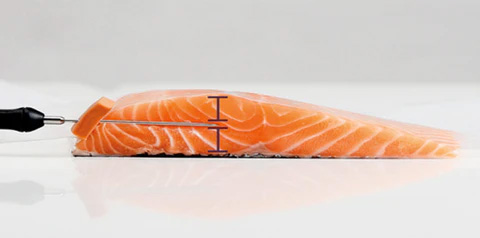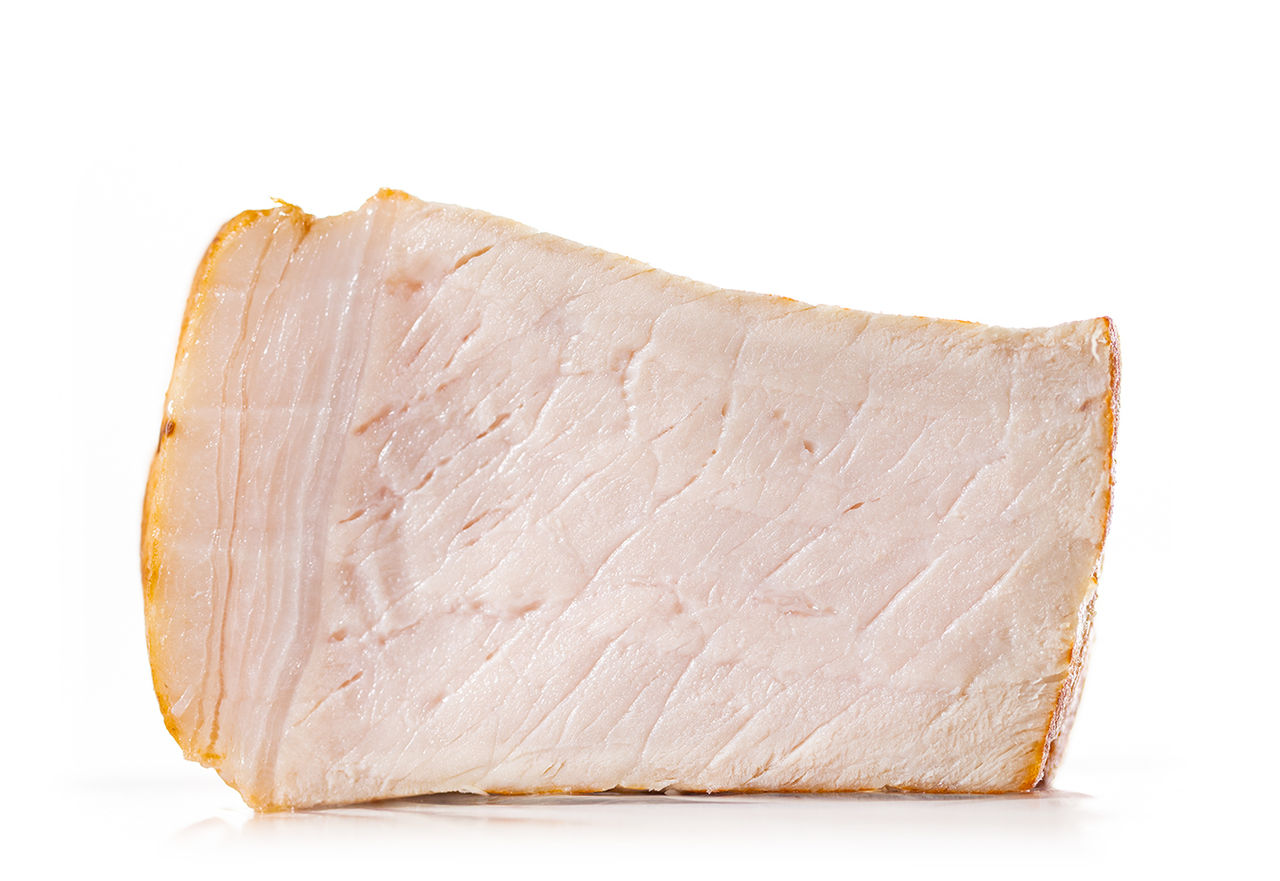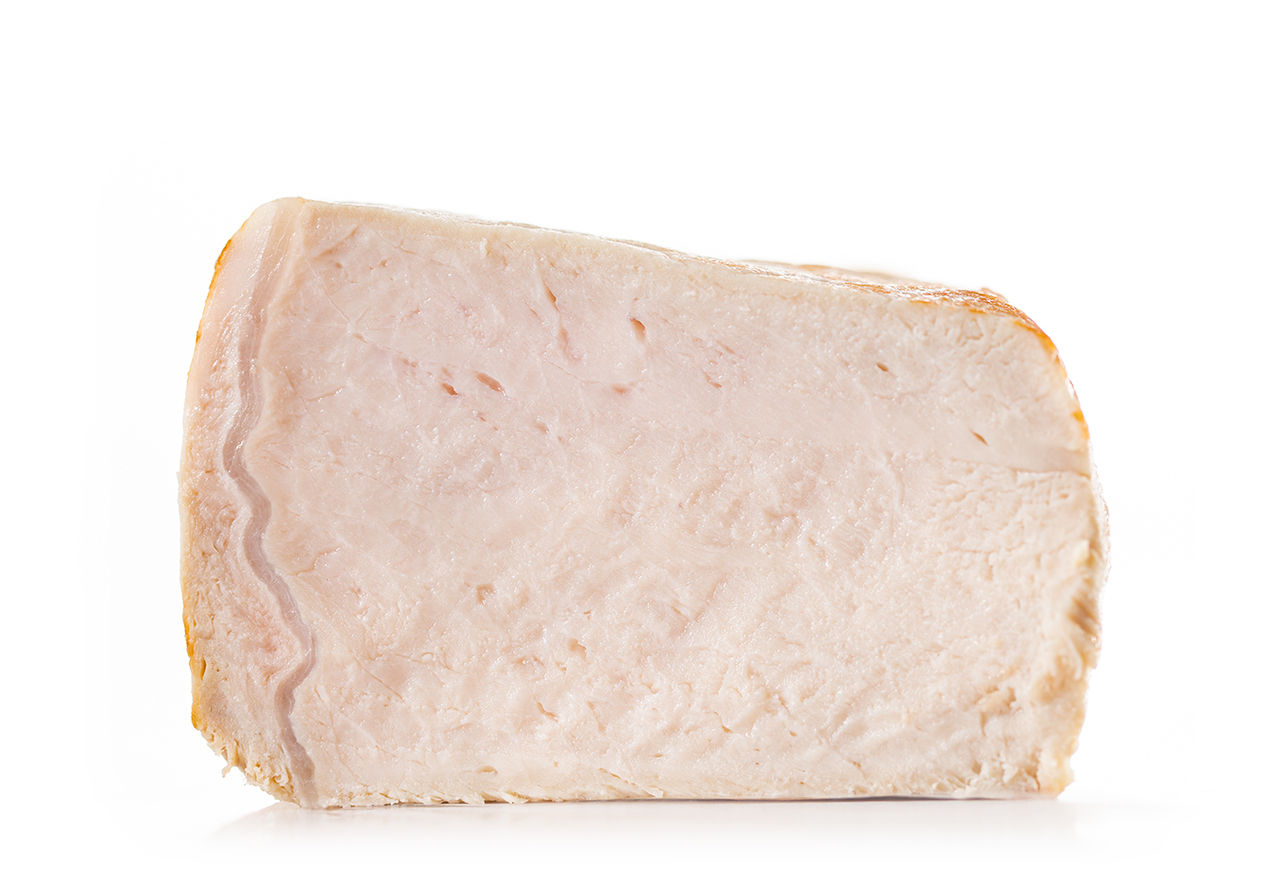Everything you need to know about delta cooking.
Before we get into the topic of delta cooking, we first need to understand a few fundamentals of sous vide cooking with a core temperature probe.
Special Equipment
Sous vide needle probe - Monitors the core temperature of the food as it cooks and cools. Be aware that the size of the needle probe comes with trade offs. Very thin (hypodermic) probes can be easily damaged during transport and storage or if they hit something like a bone or frozen muscle. Probes with a larger diameter are more robust but will leave a larger hole in the food. If you intend to serve the food that was probed, this may be a consideration for you. Prices for good sous vide needle probes can range anywhere between $50 - $150 each.
Data meter - Reads and logs core temperature data. There many data meters on the market. All of them have their own features and benefits. It is important that the data meter accept the input type of your needle probe (K-type thermocouple as an example). Prices for good data meters can range anywhere from $200 and upward.
High density closed cell foam tape - Keeps the bag conformed to the shape of the product after it has been pierced with the needle probe. Remember that it's not the principle of cooking in a vacuum that is necessary for sous vide cooking. What is important is that the bag closely conforms to the product to minimize air gaps and provide good heat transfer from the water to the food product. This tape is typically sold in rolls of 3 feet. It is recommended that a length of .5 to .75 inches is applied to the bag. Need to order some more sous vide tape? You can find it HERE.
The HydroPro™ Plus - Specifically designed for probe driven cooking, this unit features on-board data monitoring and logging of cooking and cooling temperatures. This is critical to delta cooking techniques and HACCP reporting. The HydroPro™ Plus comes with a smart sous vide needle probe that stores its own calibration data so that it can be used with any HydroPro™ Plus circulator with ultimate accuracy. A sample of our sous vide tape is also provided with purchase. At the price of an additional $100 over the base HydroPro™, the Plus model is a tremendous value for anyone interested in delta cooking or data logging.
How To Probe

Insert the probe through the foam tape and into the core of the food. The tip should be placed in the thickest part of the shortest side. Ensure that the probe is inserted to a depth of at least .75 inches. This will help prevent the probe from being accidentally pulled out of the food as it is cooked and handled.
Probe Cooking In Action
Why Delta Cook?
Faster - When approaching your target core temperature, the last 2ºC always takes the longest. By increasing the water temperature 2ºC over your desired core temperature, you can shorten your cook time by 30-50% depending on the thermal conductivity of the product.
Create textural contrast - Cooking foods to equilibrium with the water temperature is the benchmark of sous vide cooking methods. It's a foolproof way to reach a desired temperature and obtain a great result. However, some foods like salmon filets are more texturally pleasing if the texture varies from exterior to core. Otherwise, the singular fatty texture of salmon is similar to eating a stick of butter. It's likely that you prefer eating a steak that has a good crust with some char on it rather than eating one that has none. The ability to control not only the temperature, but also the texture of the food is a huge benefit of delta cooking.
Pasteurize the exterior of the food - In many cases we recommend pre-searing food to pasteurize the exterior prior to sous vide cooking. However, there may be instances where you decide not to do this. In these cases, you may opt to either "blanch" the product in a high temperature bath prior to removing it and cooking in a core temperature bath or cooking the product exclusively in a high delta bath and removing it before it reaches its target core temperature (more on this below).
What types of food benefit from delta cooking?
With few exceptions, when we discuss delta cooking we are referring to cuts of animal proteins such as beef steaks, pork chops, fish filets etc. that do not require additional holding time for tenderizing or core level pasteurization.
Delta Cooking Strategies
See the images associated with their respective cooking method below. In these examples, we cooked 3 pork chops that were all 1.4 inches in thickness. Before cooking sous vide, they were seared at 400ºF / 205ºC for a total of 2 minutes per side. All 3 pork chops were cooked to a final core temperature of 143.6ºF / 62ºC. Can you see a difference? In summary, all of these cooking methods yield a VERY similar visual result with slight textural differences. Choose your preferred cooking method based on your preference and situation.

No Delta - Cooked at 62ºC to a core temperature of 62ºC
This portion was cooked in a 62ºC bath until the core temperature of the food reaches equilibrium with the bath (62ºC). This is original and most common method of sous vide cooking. It is highly reliable and repeatable. It is impossible for the core temperature to reach a temperature higher than the water bath. Notice the extremely uniform texture of the meat grain. The drawback to this method is that it takes far longer than cooking with a 2-4ºC temperature delta.

Low Temperature Delta - Cooked at 66ºC to a core temperature of 62ºC
This portion was cooked in a 66ºC bath until the core temperature of the food reached 62ºC at which time it was removed from the bath. This is our preferred method of cooking animal proteins to a target core temperature that do not require additional holding time for tenderizing or pasteurization. It is very effective at reducing cook time and is reliable if the cook is present to either turn the bath temperature down once the core has been reached (for hot holding) or remove the food from the bath entirely. The drawback to this method is that if left unattended, the food will continue to cook past your desired core temperature until it reaches equilibrium with the bath. We recommend using this cooking method with portions that are greater in thickness than 1 inch. The HydroPro™ Plus will trigger an alarm when the product is .5ºC from the target core.

High Temperature Delta - Cooked at 83ºC to a core temperature of 52ºC and rested at ambient temperature to a core of approximately 62ºC
This portion was cooked in a 83ºC bath until the core temperature of the food reached 52ºC at which time it was removed from the bath and allowed to rest on a wire rack as the temperature carried over. The final core temperature was 62.4ºC. We utilize this method for cooking animal proteins that have not been pre-seared for surface pasteurization and those that benefit from textural contrast such as buttery salmon filets. The drawback to this method is that it is slightly unpredictable. It yields a visual and textural result that is closer to "traditional" high heat cooking methods. The final result may be a little bit under or overcooked, however the result is much more controlled than grilling, broiling, pan, oven roasting, etc. If left unattended, the food will continue to cook past your desired core temperature until it reaches equilibrium with the bath. We recommend using this cooking method with portions that are greater in thickness than 1 inch.
Want to learn more about the unique features and benefits of the HydroPro™ Immersions circulators? Find out more HERE.
Like this post? Make sure to SIGN UP for our newsletter to stay up to date on our latest content and promotions!
